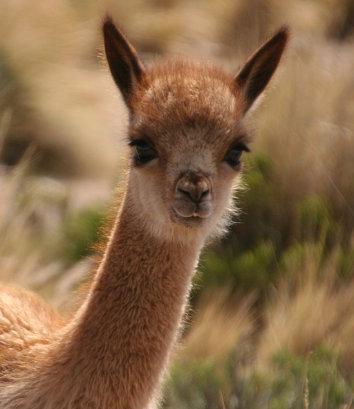
1 minute read
CamelPlas
There was one par�cular camel calf that was suffering and was slowly going downhill over a two week period. He was completely recumbent and hadn’t suckled for days. He was in physiological shock and body temp was 34 degrees. He was in dire straights and quite frankly a�er the infusion I thought he was going to die in the next hour. His body was shu�ng down from the sepsis/infec�on. I contacted the farm the next day to see if they wanted me to perform a postmortem, only to receive a picture of him up and about, drinking off mum and spritely. Literally we were all astonished. I assessed his serum protein levels and they had increased to within the healthy range, his temperature had increased, his white blood cell count had normalised and he was no longer scouring. He received the plasma that contained the ecoli an�bodies and I am posi�ve this is what picked him up.
At present this product is only available in a 300litre pack suitable for alpaca cria but stay tuned for a 1 L bag .Perfect for a camel calf or indeed an adult camel certainly an adult alpaca. CamelPlas is a frozen product and can only be administered by a veterinarian. If you live near a vet, I recommend you ask them to keep some in stock for you. It needs to be thawed and administered specifically as an essen�al part of neonatal care and indeed any disease rehabilita�on process. The company is Plasvacc and they are found an hour outside of Brisbane and ship anywhere in Australia through the Veterinary Clinic Network. A vet must administer this life saving medica�on. In short CamelPlas saves lives. Not just of crias but of any camelid, any age or species.
Advertisement
Margie Bale studied at the University of Qld and started out in mixed prac�ce. A�er working as a locum in the UK she returned to work at the UQ Dayboro Campus and it was here she started her love affair with camelids. She travelled to Dubai to further her research and finds camelids physiological adap�ons one of their most fascina�ng traits. She now works full �me as a camelid vet par�cularly with camel milk dairies. She personally funds her own research and has no financial interest in Plasvacc.









